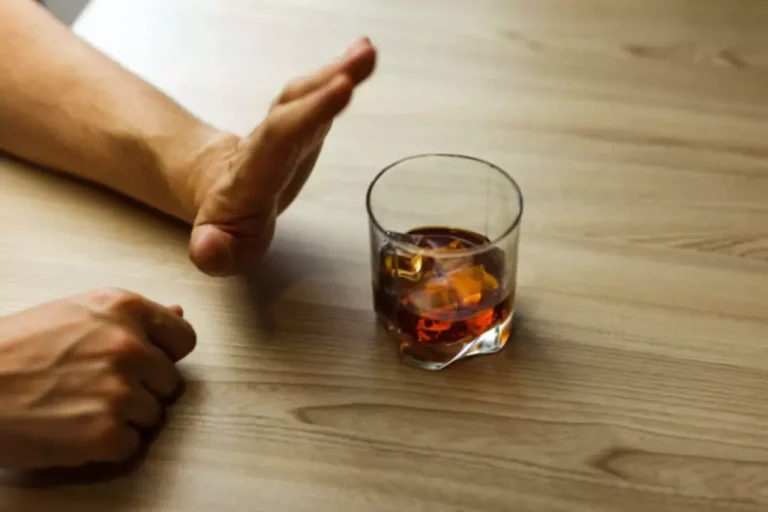
It is not only about managing withdrawal symptoms but also about addressing the deep-seated changes in the body’s physiology that sustain addiction. This understanding can help tailor interventions that target the specific physiological adaptations unique to each individual’s experience with addiction. These experiences can impair emotional regulation, decision-making, and behavioral control, which are critical in managing alcohol intake. Furthermore, research has revealed sex differences in the impact of stress and trauma on substance use, with females experiencing higher rates of childhood heavy use and consequently higher risks of heavy drinking and AUD.
The Three Stages of the Addiction Cycle: A Rollercoaster of Emotions and Behaviors
For example, opioid tolerance can develop, requiring individuals to take increasingly larger doses to alleviate pain. Drug dependence should not be mistaken for addiction or drug abuse, as these are different stages in the drug addiction journey. It is the result of drug abuse and one of the symptoms of full-blown addiction. But recovering from substance use disorders and behavioral addictions isn’t easy.
In Summary: The Withdrawal/Negative Affect Stage and the Extended Amygdala
Notably, positive and negative reinforcement can be related to social stimuli instead of the direct use of the substance. An example of positive social reinforcement is peer approval after peer pressure to try a substance. Similarly, individuals can undergo negative social reinforcement by removing social isolation, such as going to the bar for a drink.
What Are The Signs And Symptoms Of Ongoing Sobriety and Recovery?
The chapter explains how these substances produce changes in brain structure and function that promote and sustain addiction and contribute to relapse. The chapter also addresses similarities and differences in how the various classes of addictive substances affect the brain and behavior and provides a brief overview of key factors that influence risk for substance use disorders. The consumption of chemical substances that produce transient feelings of euphoria or pleasure and the development of dependence on those substances by a subset of individuals is as old as the human race itself.

Use of Multiple Substances and Co-occurring Mental Health Conditions
- Fortunately, researchers know more than ever about how drugs affect the brain and have found treatments that can help people recover from drug addiction and lead productive lives.
- We then describe evidence-based treatments you can recommend to patients to help the brain, and the patient as a whole, to recover.
- Prescription fentanyl, as well as illicitly manufactured fentanyl and related synthetic opioids, are often mixed with heroin but are also increasingly used alone or sold on the street as counterfeit pills made to look like prescription opioids or sedatives.
- Regular use doesn’t necessarily mean daily use; it could mean using on weekends, during social events, or as a regular part of their routine.
- Sometimes, people may relapse when faced with social and emotional triggers and don’t get the support they need.
- Drug tolerance occurs when an individual experiences a diminished effect of a drug after its repeated use, necessitating an increased dosage to achieve the original effect.
The process of developing addiction in this case tends to occur over a series of stages and, like other chronic illnesses, often turns into a cycle of addiction, treatment or abstinence, and relapse. Active drug addiction refers to the ongoing and current state of addiction where an individual is actively using drugs or engaging in drug-seeking behaviors despite the negative consequences they experience. It implies that the person is actively consuming a substance (such as alcohol, opioids, cocaine, methamphetamine, etc.) in a way that harms their physical health, mental well-being, and overall quality of life. The American Society of Addiction Medicine defines addiction as a primary, chronic disease of brain reward, motivation, memory, and related circuitry. Dysfunction in these circuits leads to biological, psychological, social, and spiritual manifestations.

Untreated addiction also harms family members, and the effects can last for generations. Relapse is when a person who has been trying to quit or has stopped using the substance or engaging in the behavior starts again. It’s a common part of the recovery process and doesn’t mean that the person has failed. After experimentation, if the person continues to cycle of addiction use the substance or engage in the behavior regularly, they enter this stage. Regular use doesn’t necessarily mean daily use; it could mean using on weekends, during social events, or as a regular part of their routine. While the exact number of stages may vary among different sources, a consensus identifies key phases in the development of addiction.
The 5 stages of change addiction recovery deal with the aspect of decision making and behavioral discrepancies, while the sixth and final phase emphasizes closure. With a decade of experience in producing content for drug rehabilitation centers, Ben has developed a deep understanding of the challenges and triumphs in this sphere. In 2019, he founded the video blog „A String Of Hope,“ a platform that has become a beacon of inspiration and positive change for individuals seeking recovery, reaching millions worldwide. As someone who is personally journeying through recovery, Ben’s work is not only rooted in professional knowledge but also enriched by his own experiences. His commitment to sharing stories of hope and resilience has established him as a credible and respected figure in the addiction treatment community.

Neuroscience: The Brain in Addiction and Recovery
Detox focuses on helping people to stop taking the addicting drug as quickly and as safely as possible. To those who have loved ones battling addiction, your support and understanding can make a world of difference. Educate yourself about addiction, https://ecosoberhouse.com/ offer compassion without enabling, and encourage professional help when needed. This might involve continuing to attend support group meetings, regular check-ins with a therapist, and constantly working on personal growth and self-improvement.

It’s important to address the reasons for the relapse and reinforce the strategies that help prevent future relapses. During this stage, the person may not have any intention of continuing the use. However, not everyone who experiments will continue to the next stages of addiction. It can depend on various factors, including personal vulnerability, environment, and the substance or behavior involved. Understanding the physiological aspects of addiction is crucial for effective treatment strategies.